Warthogs are charismatic pigs native to Africa. They may not be bringing home any beauty pageant awards, but these spunky creatures are strong and intelligent. Of African wildlife, warthogs are extremely flexible and capable of adapting to change, which is one major reason their populations are stable. Read on to learn about the warthog.
Description of the Warthog
These medium-sized members of the pig family look pretty close to the characteristic image of a “pig.” Their skin is dark colored, and they are stoutly built. They have large heads equipped with defensive tusks. The tusks are elongated upper teeth, and are similar to elephant tusks (though much smaller). A short mane runs down the neck and the middle of the back, and a tuft of hair adorns the tip of the tail.
Interesting Facts About the Warthog
Whether you are interested in warthogs because of Pumbaa (of Disney’s Lion King), or think of them simply as lion-bait, these creatures will surprise you! Learn more about the industrious warthog.
- Sniffing out Predators – While they do not have exemplary eyesight, these pigs make up for it with their sense of smell. They use their super-powered snout to sniff out food and detect predators.
- Wart-Hog – The name “warthog” comes from the large, lumpy protrusions on the sides of their heads. Though they are not warts, they do resemble warts, giving the warthog it’s name. The “warts” are made of bone and cartilage.
- The Mud Hole – Pigs are often viewed as dirty, slovenly creatures, but in reality there is method to their madness. In the hot, African sun it is important to protect your skin from damage and bugs. Rolling in mud provides a layer of sun protection and repels insects.
- Mamma Hog – Mothers are very protective of their children and these creatures are no different! Mama pig will corral her piglets into the burrow first, and then back in last. This leaves her large tusks as defense if a predator comes sniffing.
Habitat of the Warthog
The warthog’s favorite habitats are grassland, savanna, and woodlands. They utilize the abandoned burrows of other animals as their dens. The most commonly-occupied burrows are those dug by aardvarks.
The pigs use these dens as an escape from predators, a place to sleep, and a safe place for their young. The burrow also provides a safe haven from both drastically hot and cold temperatures.
Distribution of the Warthog
Most of the warthog’s population is found in southwestern Ethiopia and southern Sudan. Their population is stable, but they are not found across the entirety of Africa as some wide-ranging species are. They are absent from heavily forested areas, and South Africa.
Diet of the Warthog
Like most pigs, warthogs are omnivores. This means that they will eat both plants and animals when given the opportunity. They are not particularly picky eaters, and this helps them survive in an increasingly changing world. Some common food items include eggs, carrion, fruit, berries, roots, grasses, insects, and mushrooms.
Warthog and Human Interaction
The overall population of warthogs is stable, but individual localized populations can be reduced or eradicated by hunting. Native people hunt these pigs, commonly using dogs to aid in their capture. This has not impacted the population as a whole, and they are considered to be Least Concern by the IUCN Red List.
Domestication
These pigs have not been domesticated in any way.
Does the Warthog Make a Good Pet
Unlike domestic pigs, these creatures are wild and unpredictable. In many places it is illegal to own one as a pet, and they can be dangerous. Their tusks are long, and their teeth are sharp, which means that they can easily injure you or your guests.
Warthog Care
In zoos, warthogs prefer habitats with areas for burrowing, or artificial burrows to hide in. No pig habitat is complete without a state-of-the-art mud wallow! They are also provided with a high-fiber pelleted diet, hay, Bermuda grass, root vegetables, and more. These animals can be quite amicable with human interactions, and the San Diego Zoo has one as an ambassador animal named Bubba.
Behavior of the Warthog
Males are mainly solitary, but females are quite social. Females and their piglets will congregate in groups of up to 40 individuals. They are very vocal, and communicate with one another using grunts, snorts, squeals, and more. Groups find safety by alerting one another to potential danger, they will even groom and sleep together.
Reproduction of the Warthog
Males, called “boars,” will battle for the right to breed with females. They use their large tusks to push and ram each other’s heads. The winning male will perform something of a dance to impress the females, which are called “sows.”
Five to six months after breeding, the sow will give birth to an average of 2 or 3 piglets. She will let them explore outside of the burrow once they are 10 days old, and will wean them at 3 months.

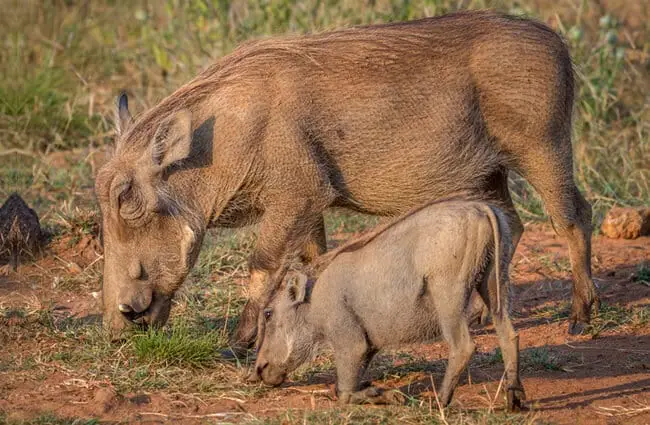

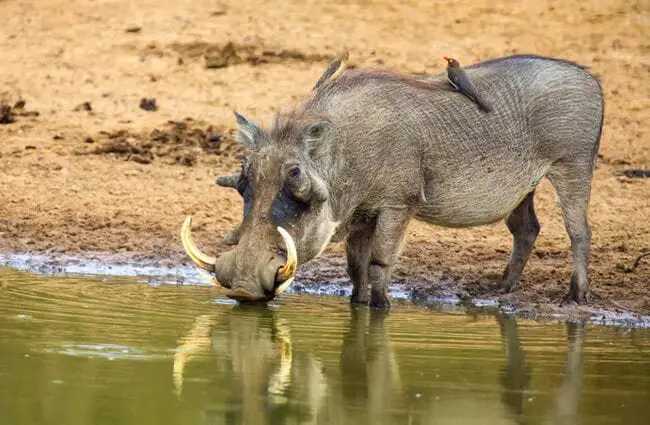
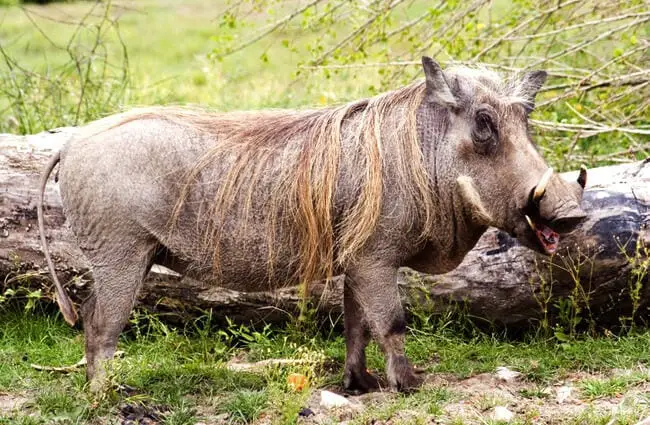
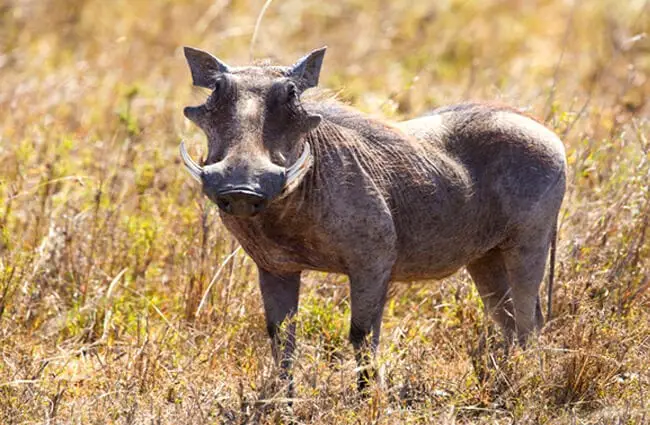
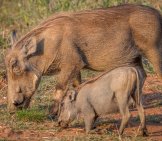


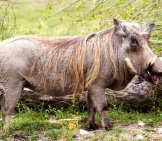

![Red Angus Closeup of a beautiful Red Angus cowPhoto by: U.S. Department of Agriculture [pubic domain]https://creativecommons.org/licenses/by/2.0/](https://animals.net/wp-content/uploads/2020/03/Red-Angus-4-238x178.jpg)












![Red Angus Closeup of a beautiful Red Angus cowPhoto by: U.S. Department of Agriculture [pubic domain]https://creativecommons.org/licenses/by/2.0/](https://animals.net/wp-content/uploads/2020/03/Red-Angus-4-100x75.jpg)

